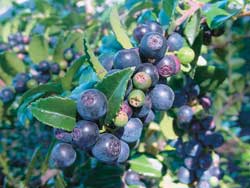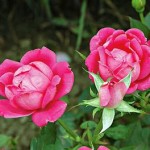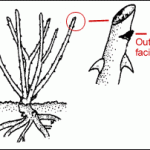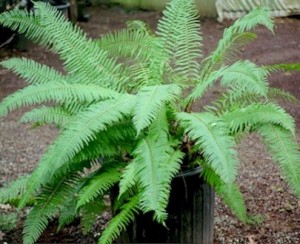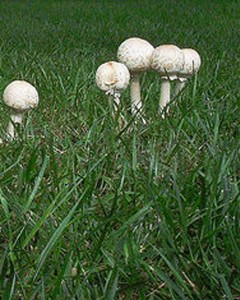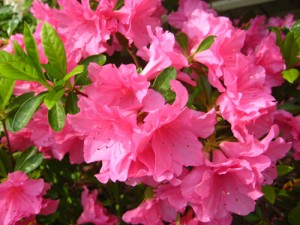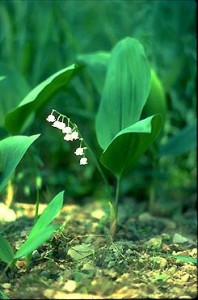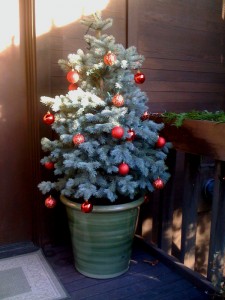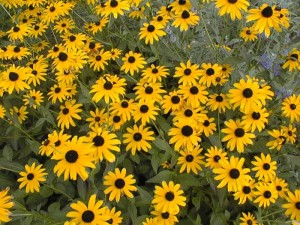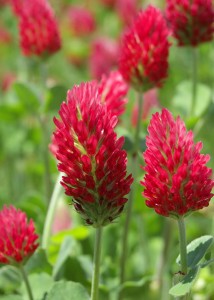Garden Calendar: March
March 5, 2010 @ 7:48 am
1. This is a good month to prune your roses to remove diseased canes, stimulate growth and encourage the best blooms. Make sure you have good clippers and gloves. A small pruning saw is helpful to cut out old canes.
2. March is also a great time to move trees and shrubs — when the plants are dormant and haven’t leafed. You want to minimize the amount of stress to the trees. Read more from WSU expert Mary Robson on how to transplant trees and shrubs successfully.
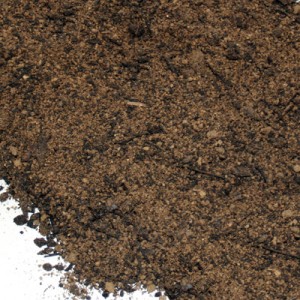 3. Consider getting your soil tested for heavy metals, pH, soil texture and organic matter. It’s a good way to help determine and prevent growing problems in your garden. By knowing what’s in your soil, you not only improve the nutritional balance but help reduce fertilizer use. You should get your soil tested every two or three years. Many local Master Gardeners like to send their soil samples to the University of Massachusetts to get them tested. A simple pH test cost about $5, while a general soil test runs about $9.
3. Consider getting your soil tested for heavy metals, pH, soil texture and organic matter. It’s a good way to help determine and prevent growing problems in your garden. By knowing what’s in your soil, you not only improve the nutritional balance but help reduce fertilizer use. You should get your soil tested every two or three years. Many local Master Gardeners like to send their soil samples to the University of Massachusetts to get them tested. A simple pH test cost about $5, while a general soil test runs about $9.
4. Plant cool-season crops, such as peas and lettuce.
5. Consider how you’ll improve your lawn through an organic care program that reduces the use of water, pesticides and fertilizers. Ecoyards can help you thatch, aerate, top dress or overseed your lawn. Give us a call at 206-770-7879 for a consultation.
Filed under Seattle Landscape Maintenance Permalink · No Comments »
